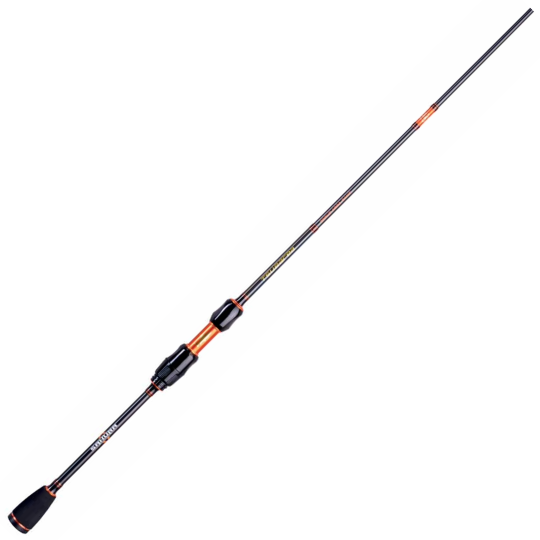
Spinning Rod Sakura Tsubarea 662 L
Shipping 24 H
- New
Cookies management panel
This site uses cookies and gives you control over what you want to activate. Cookies are used for ads personalisation.The arrival of spring rhymes with the closing of the predator season. It's still on everyone's minds and is beginning to weigh heavily on even the most impatient anglers. It's time for many anglers to leave their ponds and head for the first category rivers to take advantage of the opening of trout fishing.
This marks the start of a 6-month period during which you can enjoy the streams, rivers, ponds and even gaves. You'll have just one objective: to flush out a nice-sized fario with a unique coat that will make an excellent fishing souvenir or a wonderful share on social networks.
To do this, you'll need special equipment and tackle. There are many subtleties to this fish and many techniques for catching it. You need to understand them all so that you don't find yourself at a loss once you're on the water. The capacity and retrieve speed of the reel must be in line with your technique.
The power of the rod and its length will depend directly on the size of your watercourse and the lures to be used. Your line will need to be both discreet and resistant to abrasion. It will not be the same depending on the techniques used. Waders, waistcoats and small tools will also need to be considered in preparation for this long-awaited opening.
Ultra-light, baited toc, dough or handled minnow- there are so many ways to go about it that you may need a little expertise in your choice. Over the next few pages, we'll be introducing you to a wide range of suitable products.
They'll give you both pleasure and comfort, and will probably play a big part in your success. Trout fishing is surely one of the most exciting sports there is. We can't wait fortrout fishing to start. Here are a few tips!
With several hundred or even a thousand different references, it's not easy for anglers to choose their lure for trout fishing. With so many different colours, swim depths and shapes to choose from, it's almost daunting to start looking for the right lure at the right time of year if you don't want to miss out on the trout fishing season, or if you simply want to have some fun.
There are some basic principles to lure fishing, so that you don't find yourself spoilt for choice. In fact, certain lures absolutely must be part of your tackle box if you want to get off to a good start or to reassure yourself when you're not biting.
Spoons are one of the models you absolutely must have in your tackle box. The easiest way is to have a few silver or gold coloured spinners, with or without dots. Numbers 0 and 1 are perfectly suited to small streams and you can move up to a larger size for larger trout in wider, more powerful streams. You can also opt for a single hook to make it easier to put the fish back into the water. Check out our article on how to rig a line with a lure, to understand all the important details.
Minnow and jerk minnow are also logical choices for catching fish on a regular basis. These include products such as the D Contact from Smith or the simple Countdown from Rapala, which has been proving its worth for decades.
For the most heavily fished sectors, such as a pond or a sector with whitewater currents in particular, it can be important to vary. For example, you could offer grasshoppers on the surface of whitewater. Insect imitations can be wonderful choices. Soft lures are also fairly new opportunities, taking advantage of their relatively low price and the countless shapes they can take.
This is undoubtedly the most important aspect of trout fishing and the best way to prepare for your opening. The choice of your trout fishing rod determines your technique, your environment and your comfort when spending hours on the water. Length, power, action and weight all need to be considered.
When using lures, you'll need to choose rods that are adapted to the weight of your lures. The length will depend on the size of your lake or river. The further you want to cast, the longer you'll need to be.
From 85cm for the smallest to models over 2m40, you should find what you're looking for quite easily. You'll also need to choose your action. Fast actions will be ideal for jerk minnows, while softer actions will reduce the vibrations of the spoons in your hand.
For toc, you need to bear in mind that you cast very little and follow the drift of the bait. That's why you'll tend to go for fairly long foils or models that can be adapted to different situations, with the option of being telescopic. On the other hand, you'll need to choose a strength that allows you to use a heavier or lighter sinker. The average flow rate of the river you are fishing should be carefully considered.
Handling minnows is another technique with its own characteristics. With lengths of between 2m50 and 3m, this technique requires a great deal of leverage to manoeuvre your minnow and make it drift smoothly.
To cast your line into the water in the easiest and most appropriate way, you need a reel. Your reel for trout fishing will need to have great qualities and will differ according to its use. In all cases, you should choose a model that is generally compact and light. The balance of your outfit will be perfect and will bode well for spending days fishing.
First of all, capacity is important. You'll be fishing almost exclusively with fine line or braid. That's why we opt for spools of between 500 and 2000 depending on the manufacturer. At Daiwa, you can opt for a 1500 or 2000 LT, at Shimano you'll be looking for a 500 to 1000 spool or at Abu Garcia you'll be using a 10 spool.
An important concept in trout fishing is retrieve speed. We tend to choose them fairly quickly, thinking that we can always slow down our movement. When fishing for salmonids, however, we'd like to give you some advice on how to choose fairly slow speeds, or at least not fast ones.
This will allow you to animate and retrieve spoons correctly, or not to eject your lure out of the water when fishing downstream or ¾ downstream. It is also a guarantee of safety when you are in the middle of a fight with a salmonid and when the latter takes the current. It is therefore preferable not to exceed a retrieve speed of 70cm.
The last important point is the drag. It doesn't need to have a high resistance value. In the end, there's no point in offering a 10kg brake for these techniques. You're going to have to go for smaller power ratings.
They will tend to be better calibrated and allow a more regular release and less jerking. And when you're using a fine line, you know just how much control you need to have at times like these to prevent the hook from sticking in your opponent's mouth once you're close to the surface.
Filter By
1199 products

Shipping 24 H
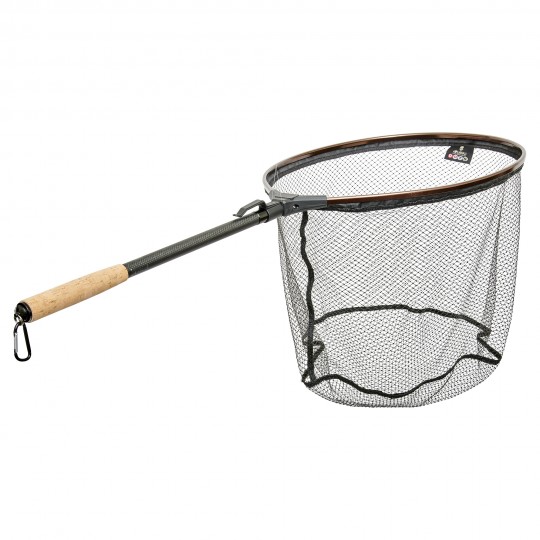
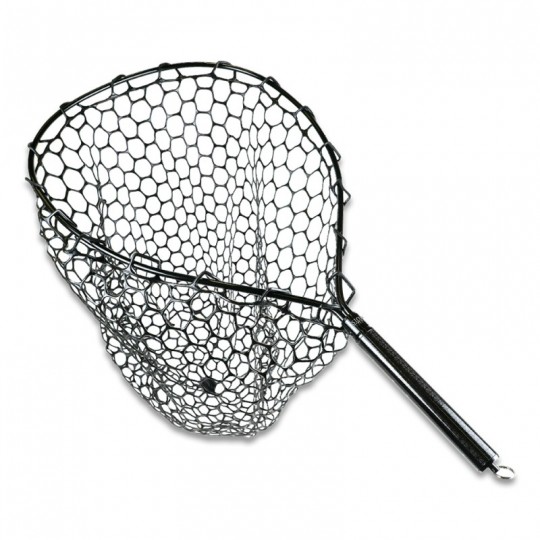
Shipping 24 H
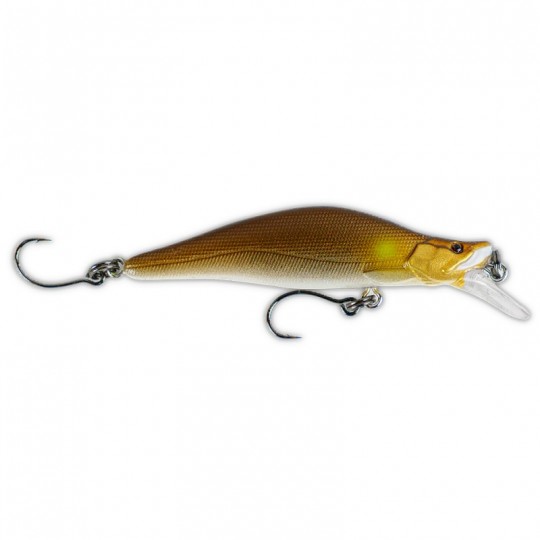
Shipping 24 H
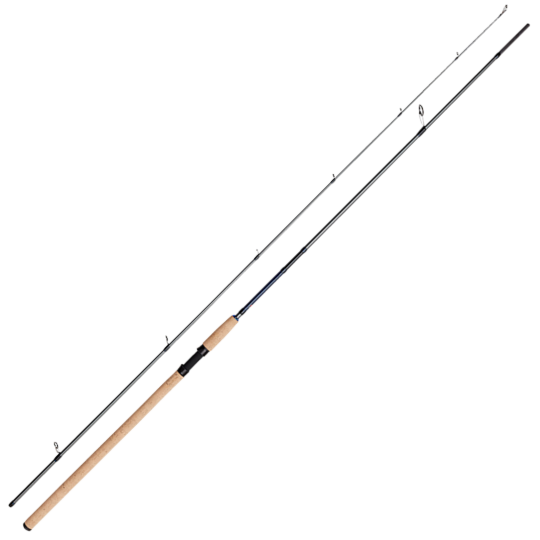
Shipping 24 H
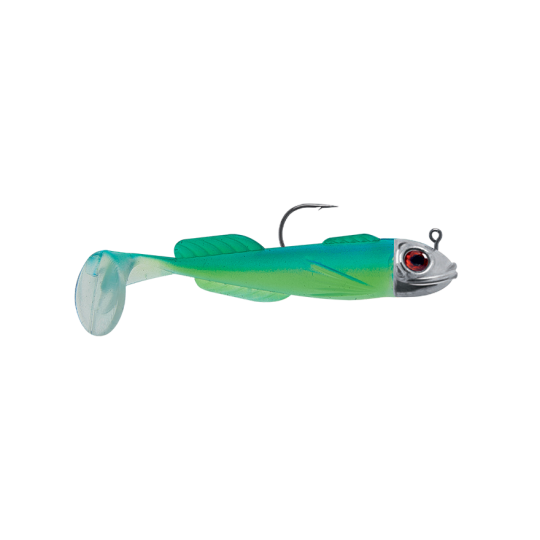
Shipping 24 H
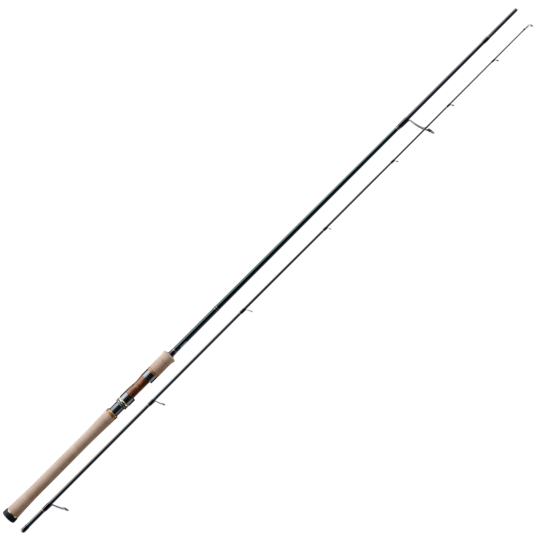
Shipping 24 H
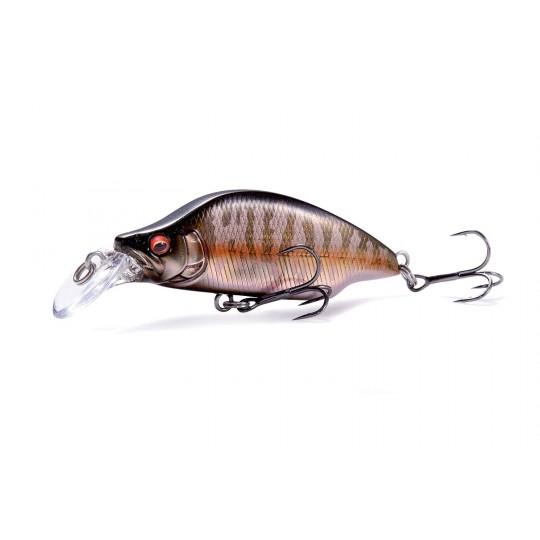
Shipping 24 H
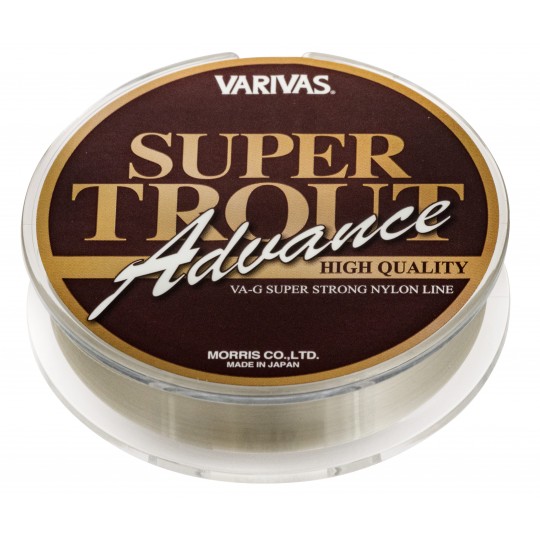
Shipping 24 H
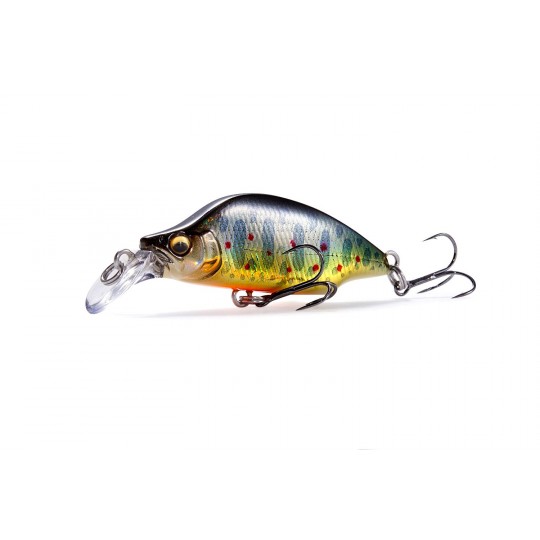
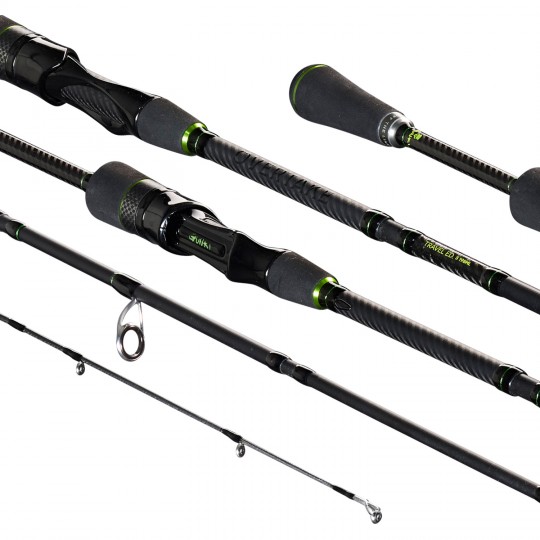
Unavailable at the moment

Shipping 24 H

Shipping 24 H
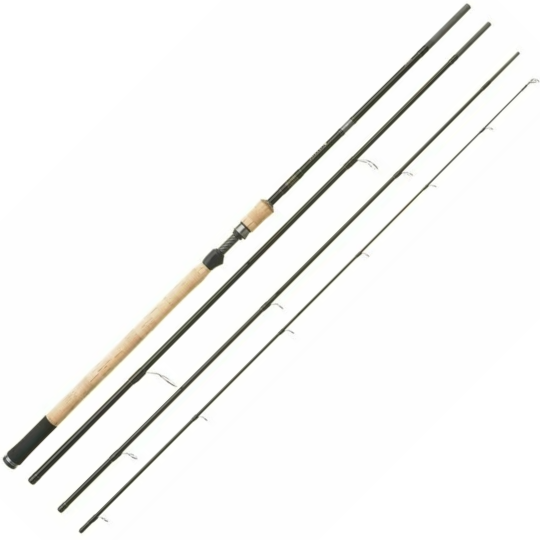
Unavailable at the moment
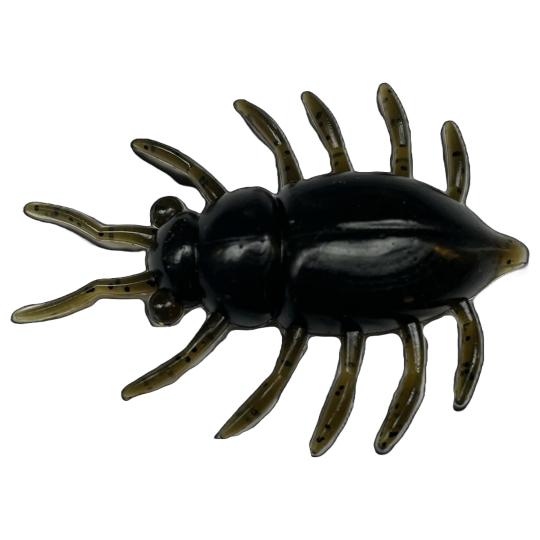
Shipping 24 H
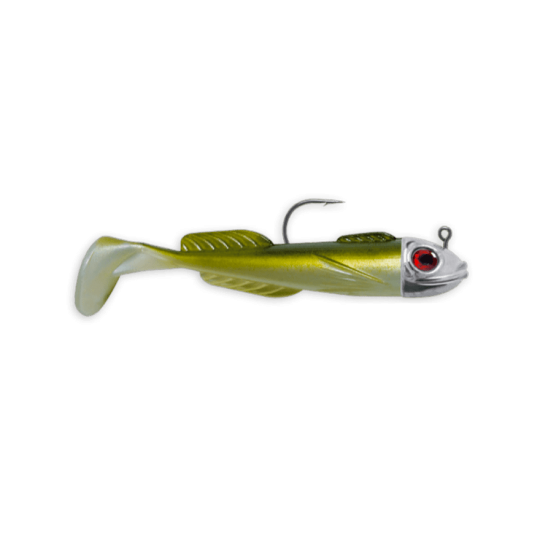
Shipping 24 H
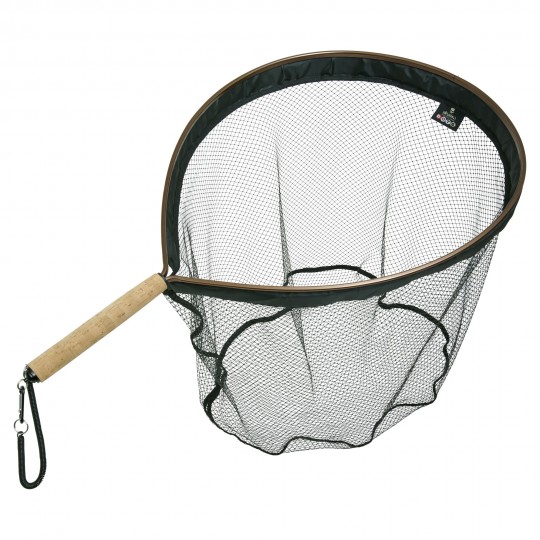
Shipping 24 H
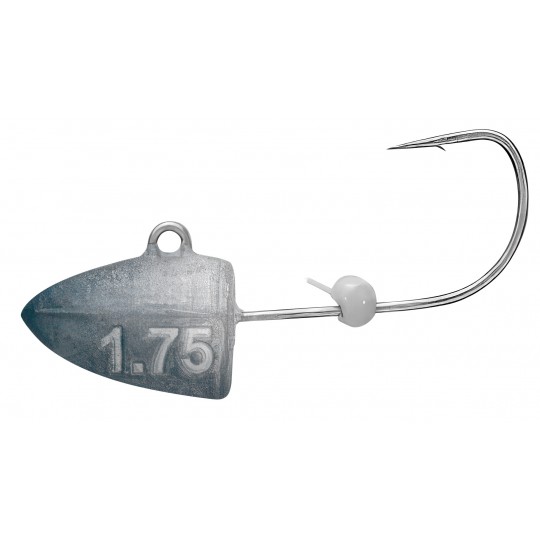
Shipping 24 H
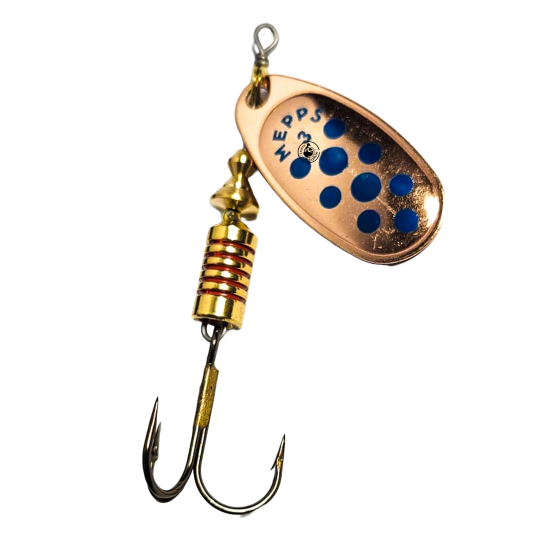
Shipping 24 H
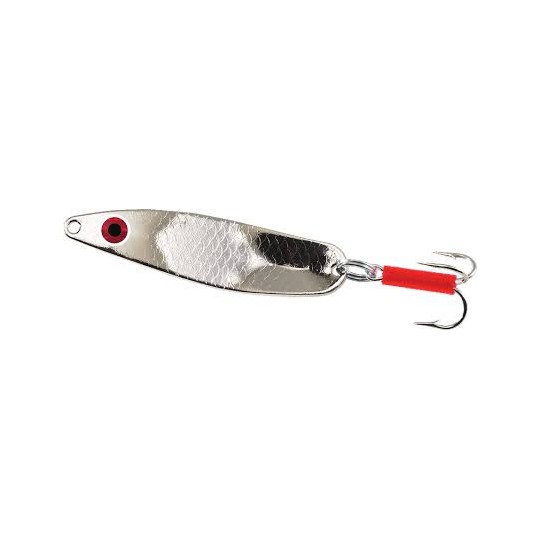
Shipping 24 H
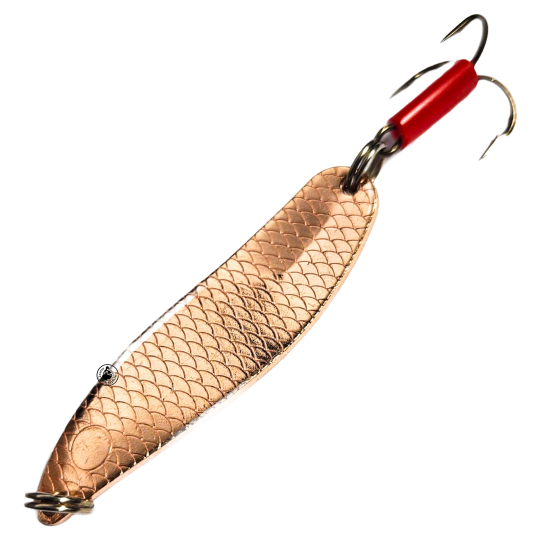
Shipping 24 H
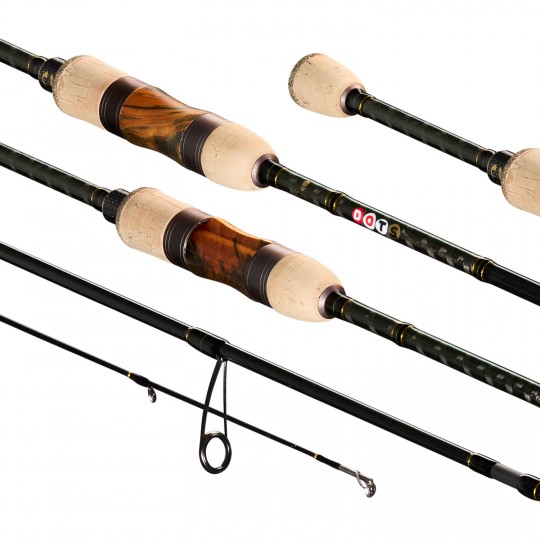
Shipping 24 H
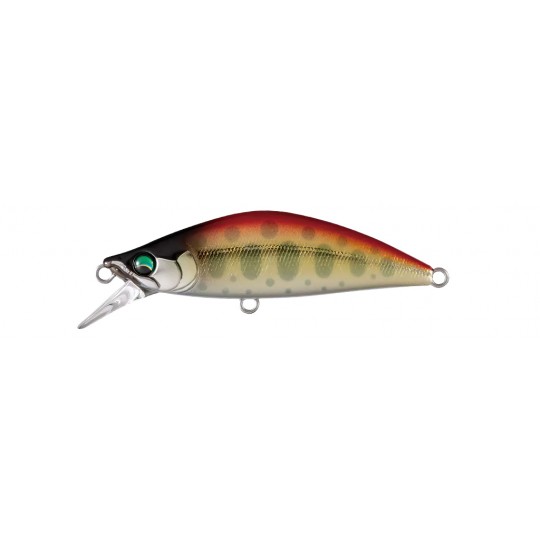
Shipping 24 H
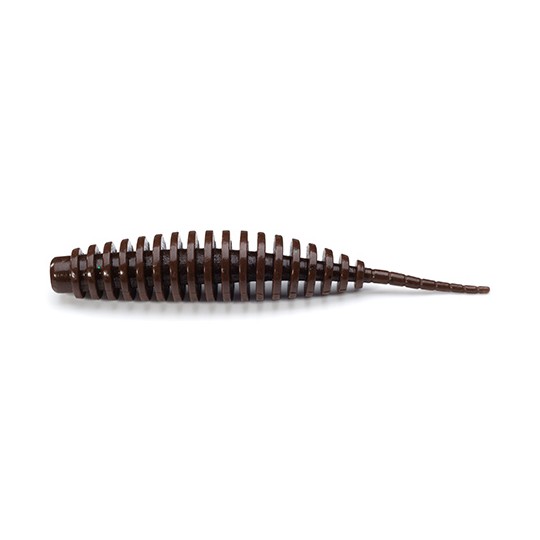
Shipping 24 H
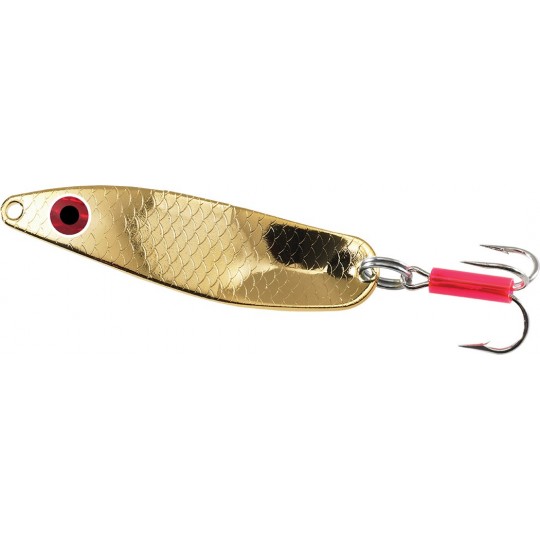
Shipping 24 H
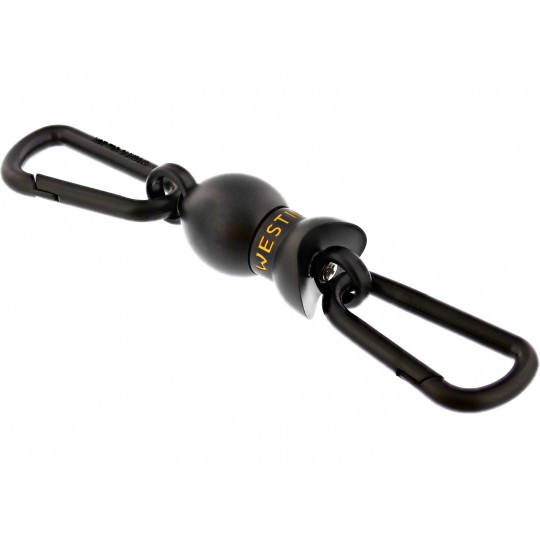
Shipping 24 H

Shipping 24 H

Unavailable at the moment
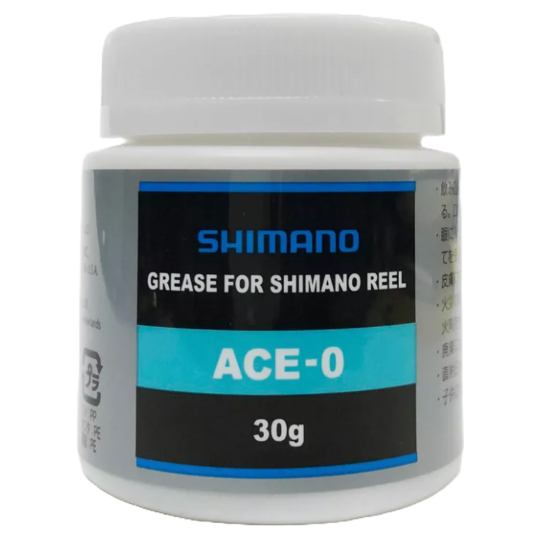
Shipping 24 H
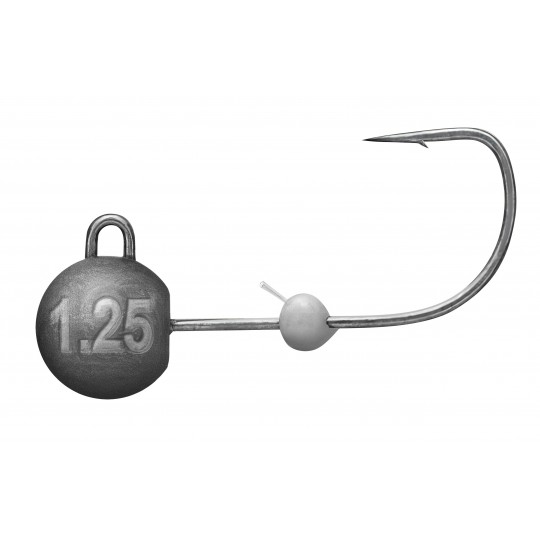
Shipping 24 H
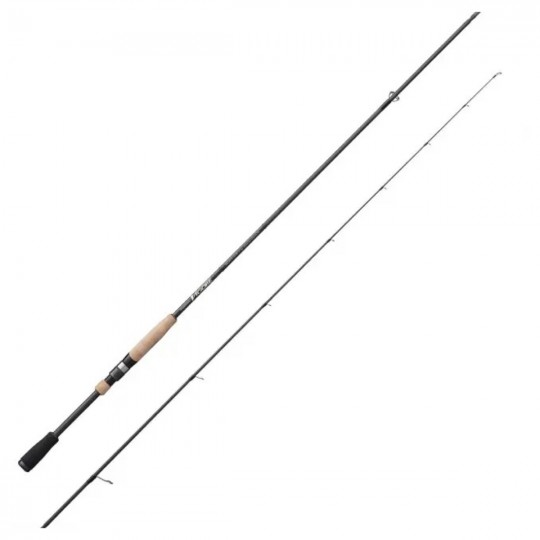
Shipping 48 H
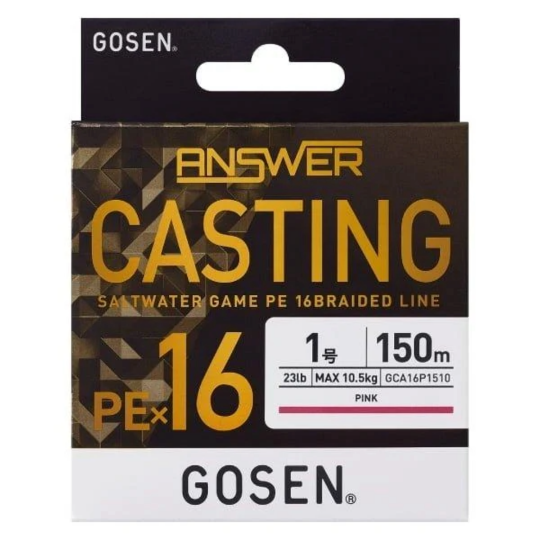
Shipping 24 H
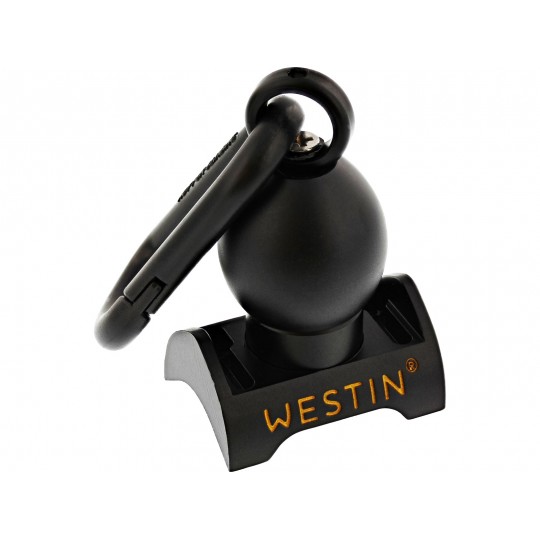
Shipping 24 H
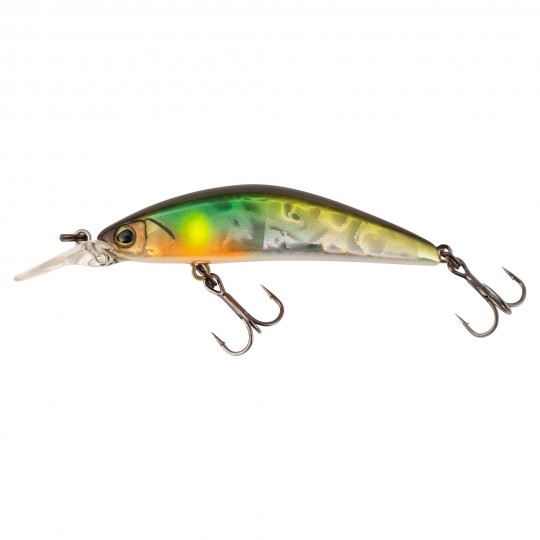
Shipping 24 H
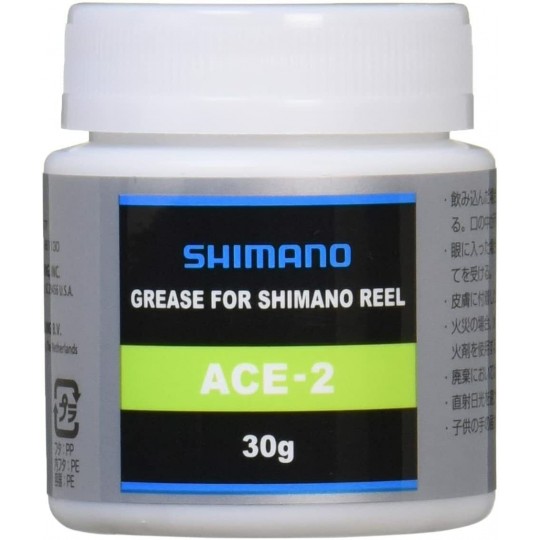
Unavailable at the moment

Shipping 24 H
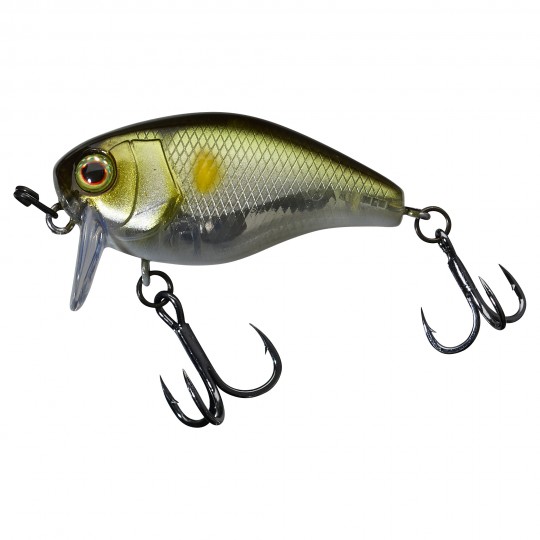
Shipping 24 H
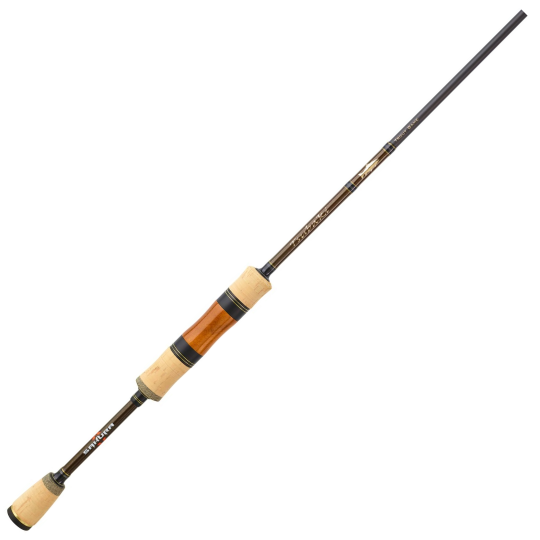
Unavailable at the moment
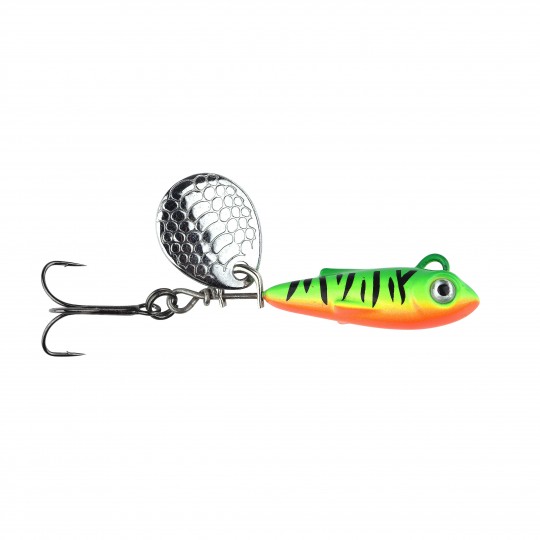
Shipping 24 H
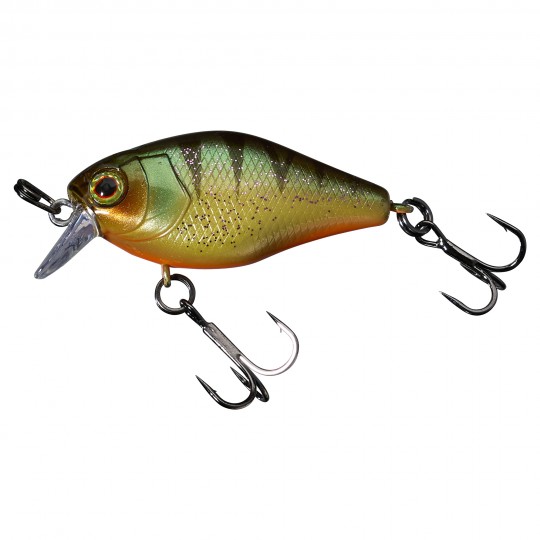
Shipping 24 H
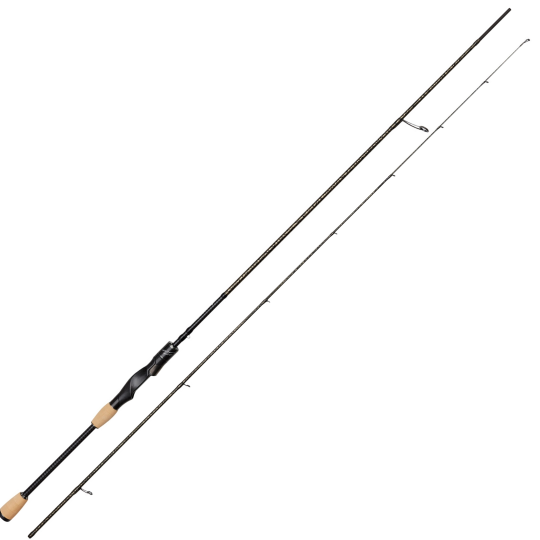
Shipping 24 H
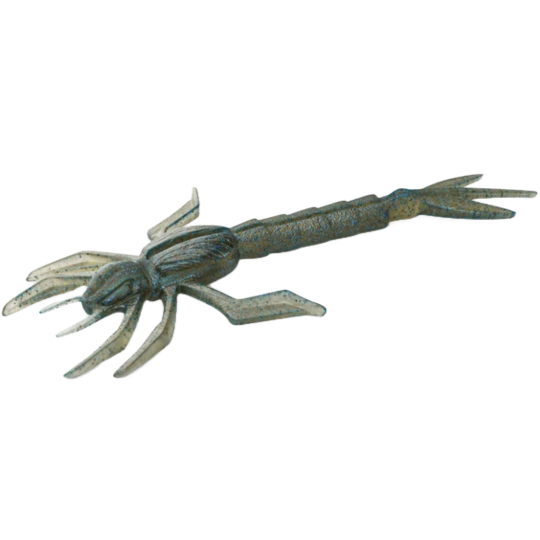
Shipping 24 H
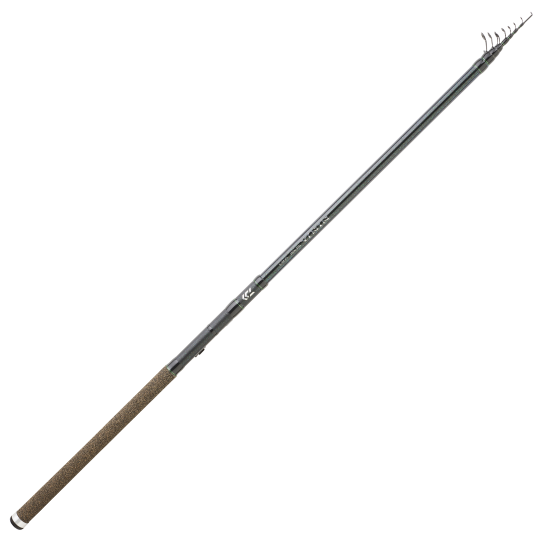
Shipping 24 H
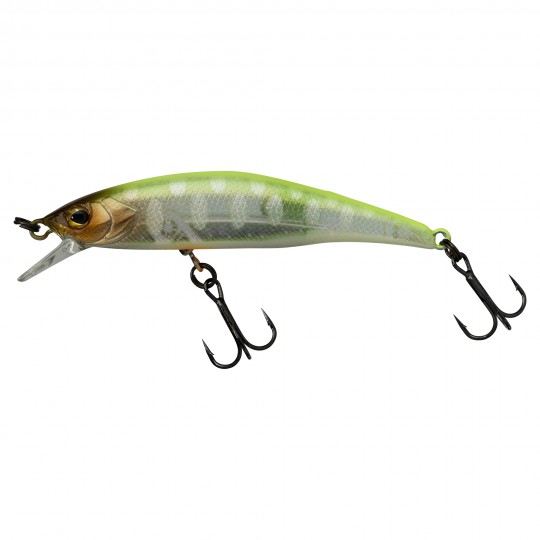
Shipping 24 H
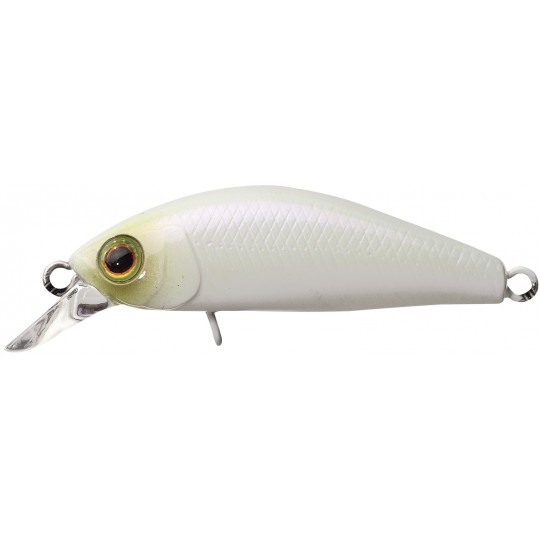
Unavailable at the moment
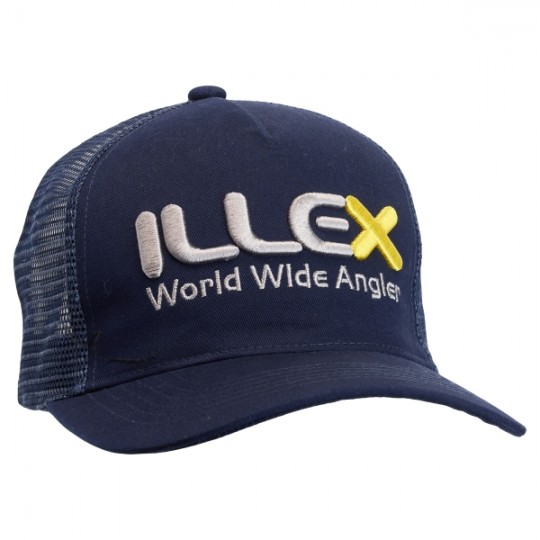
Unavailable at the moment
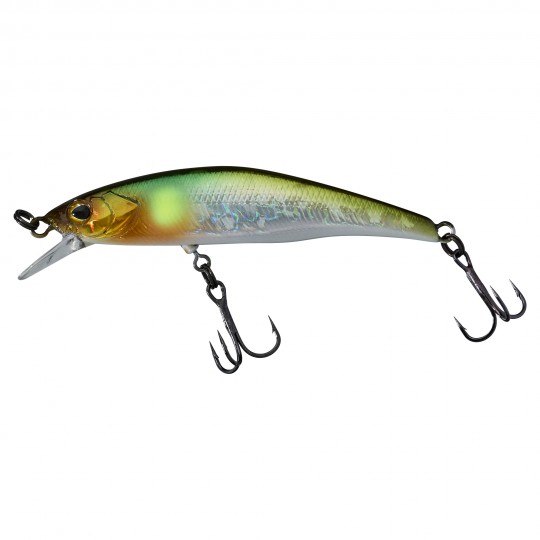
Shipping 24 H
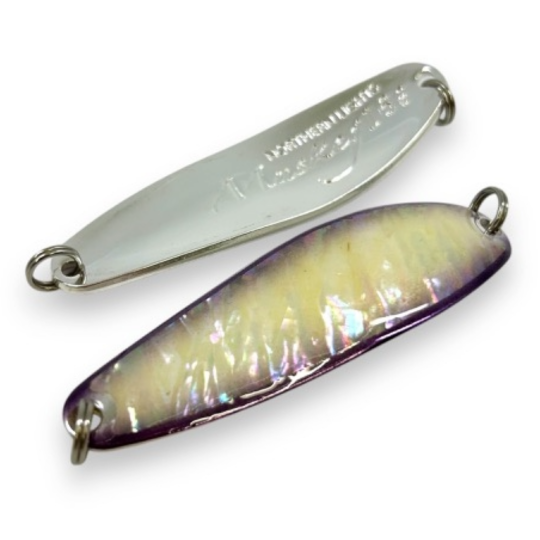
Shipping 24 H
Read on the subject